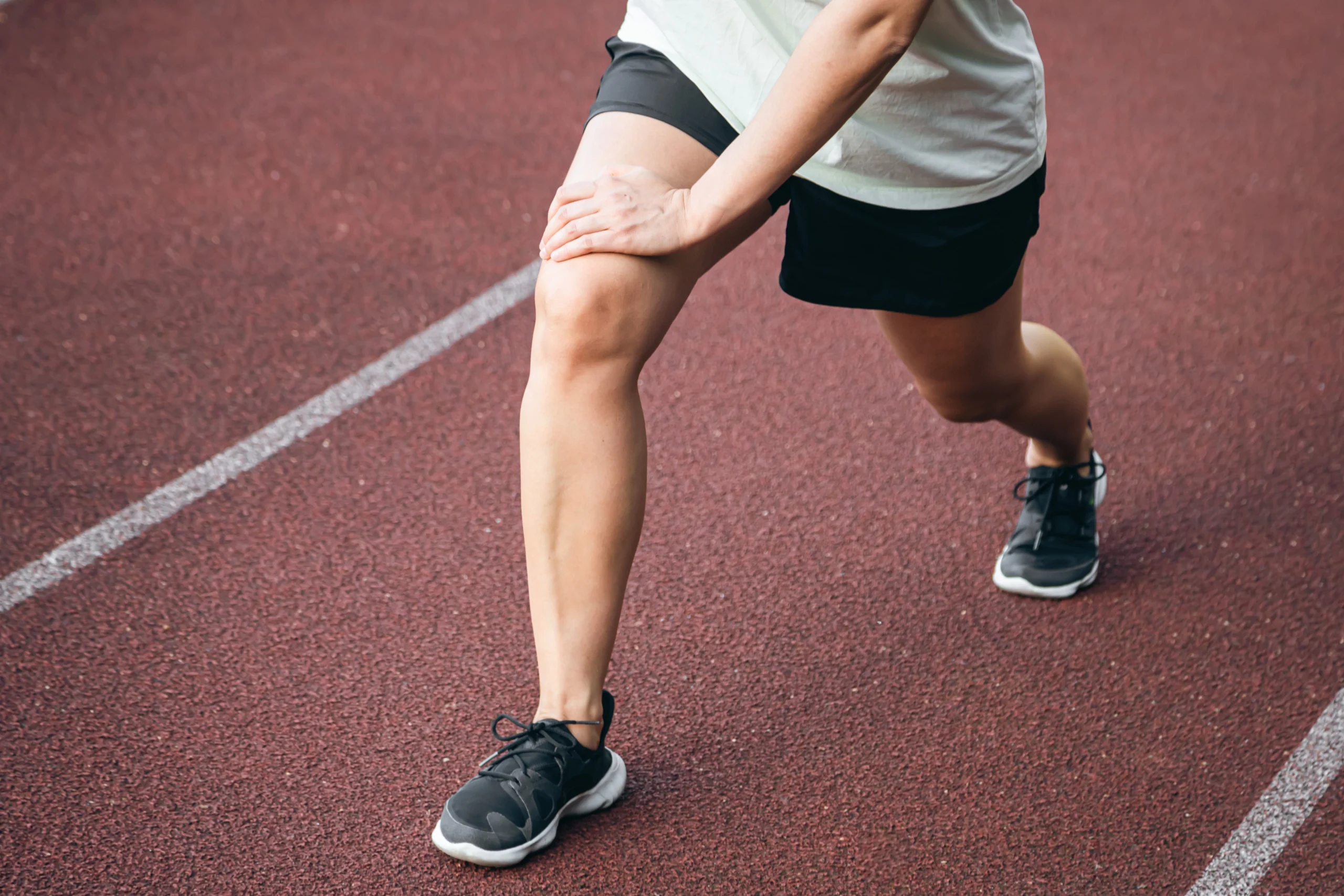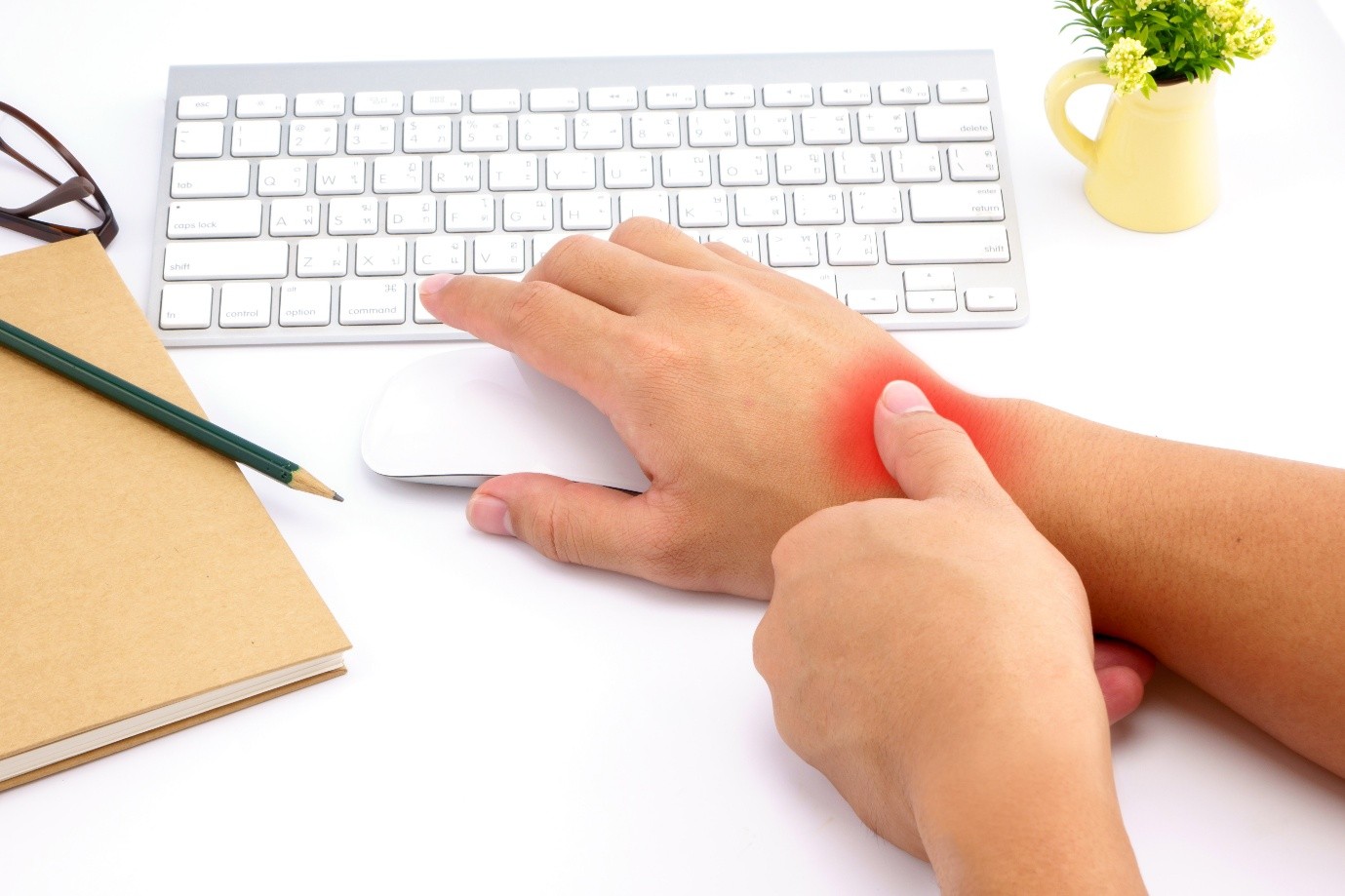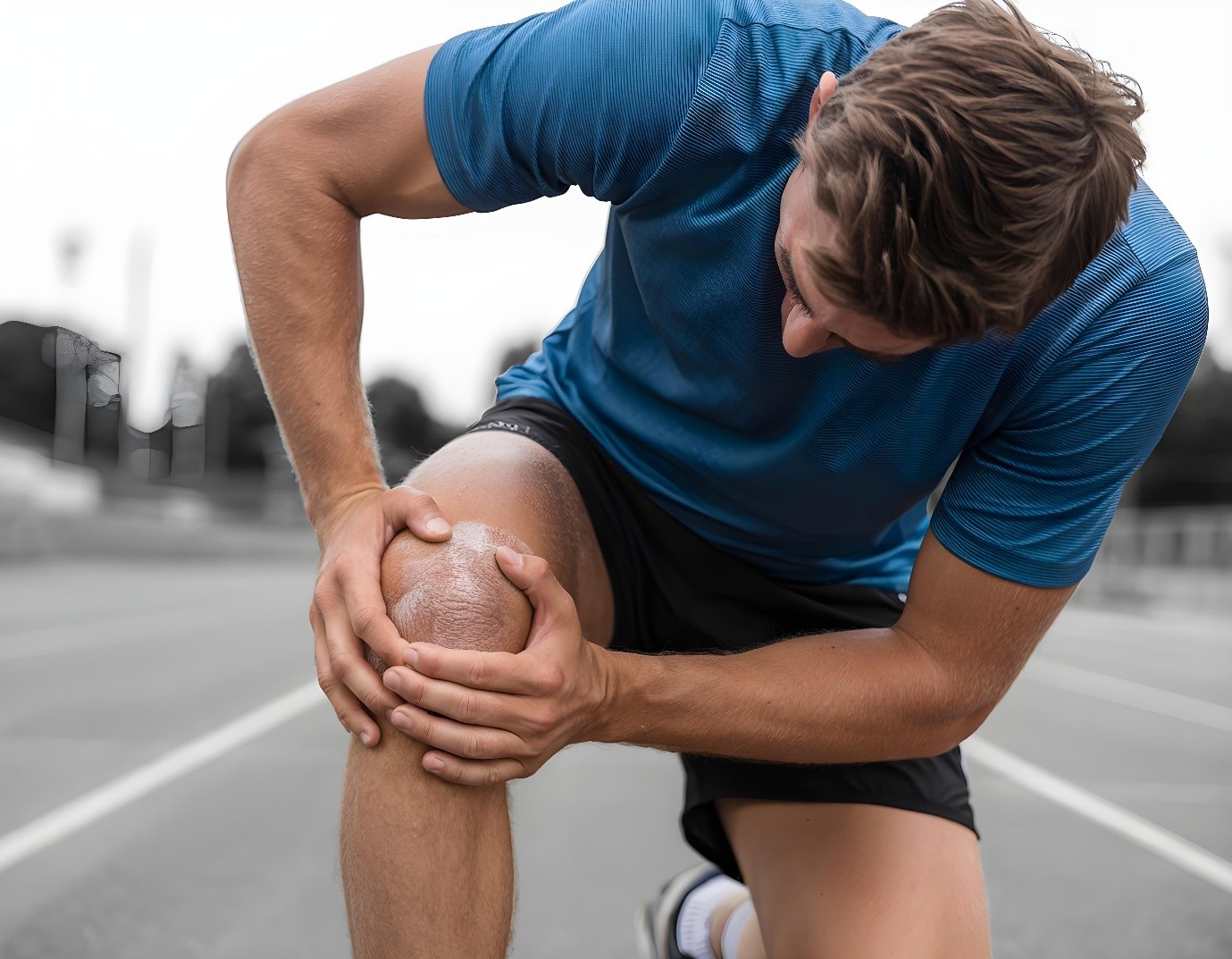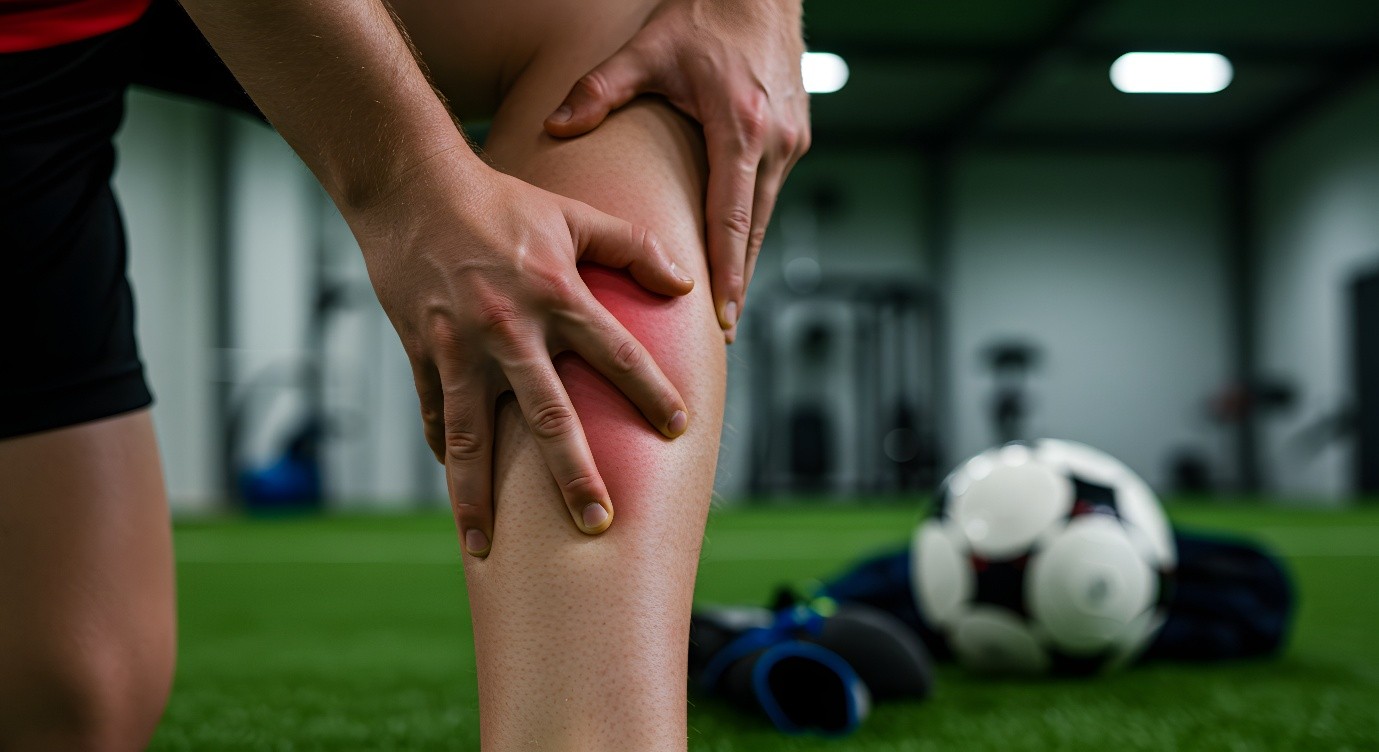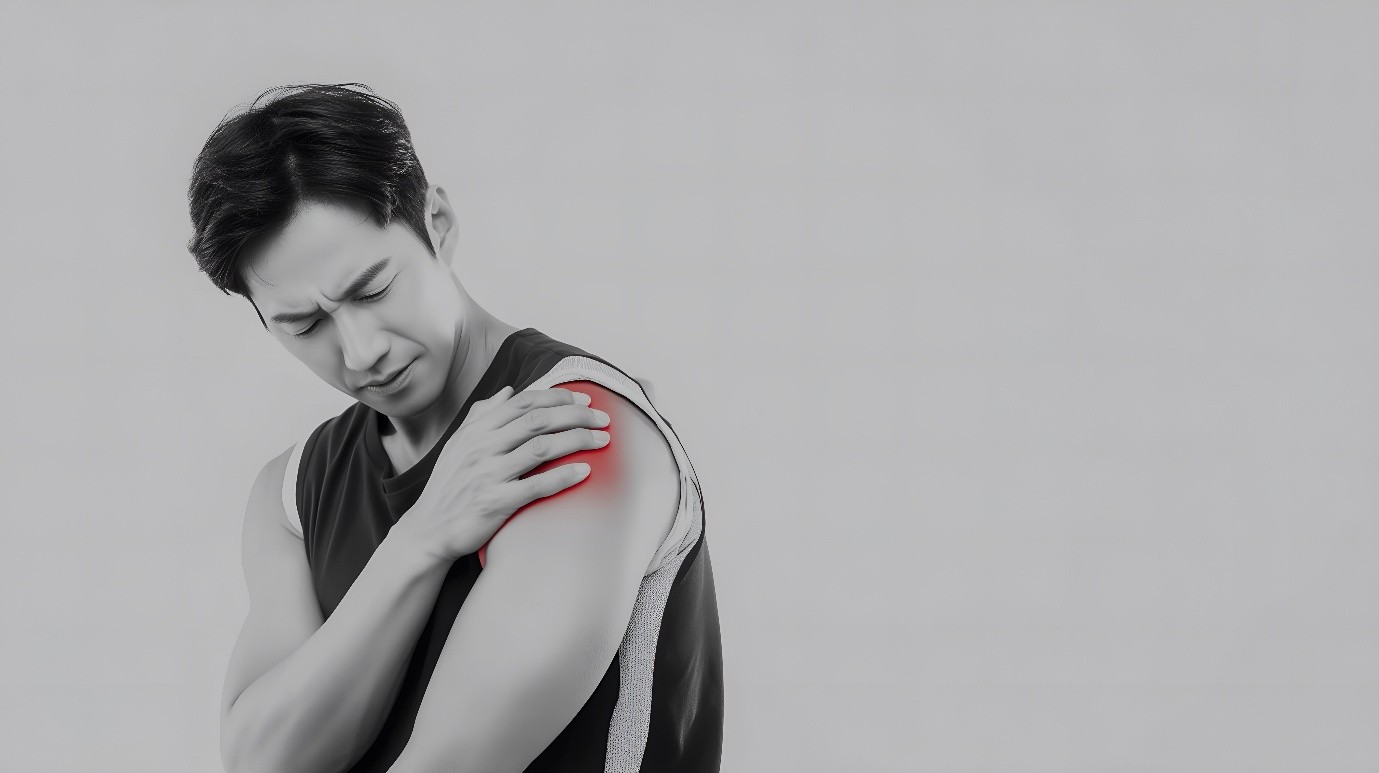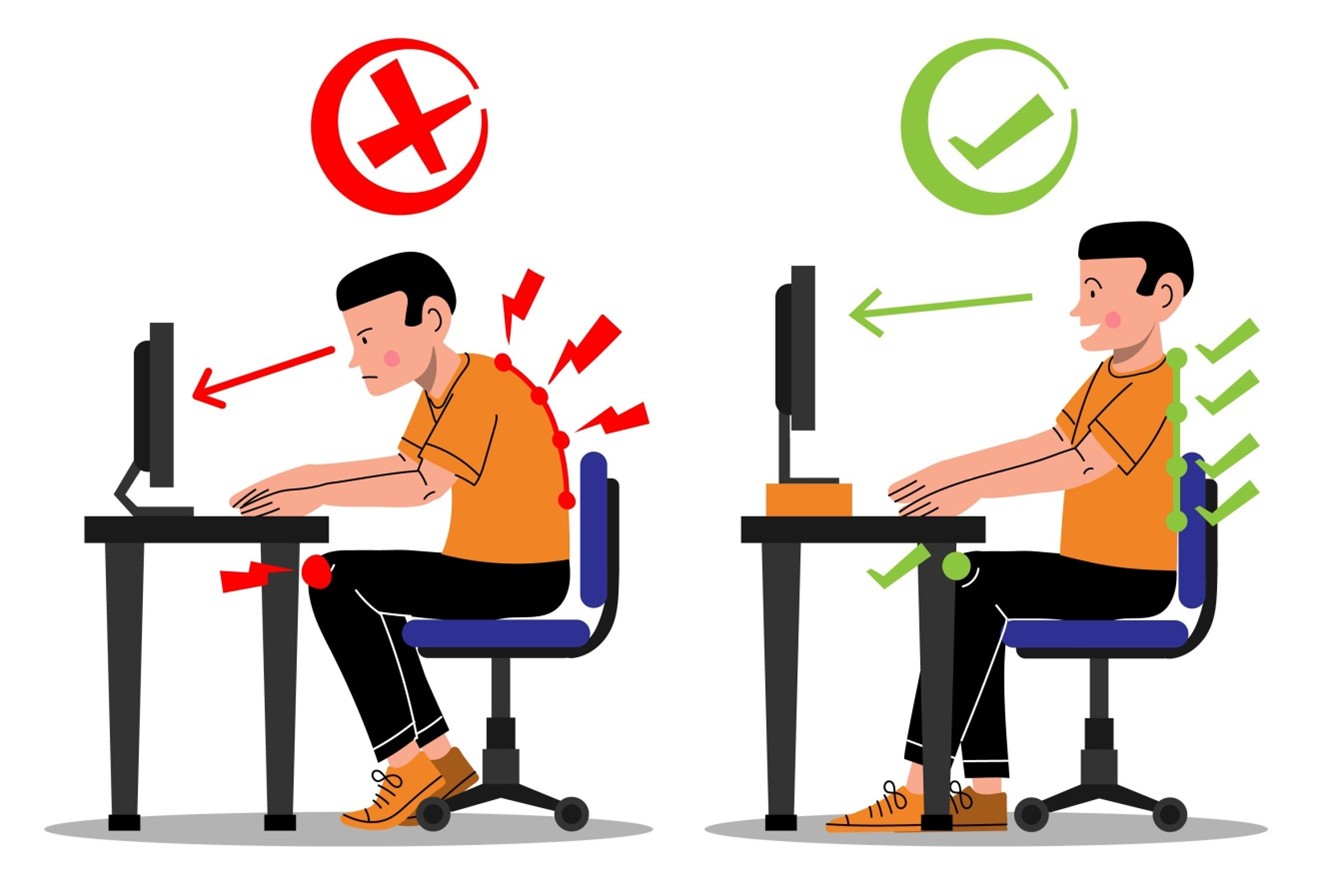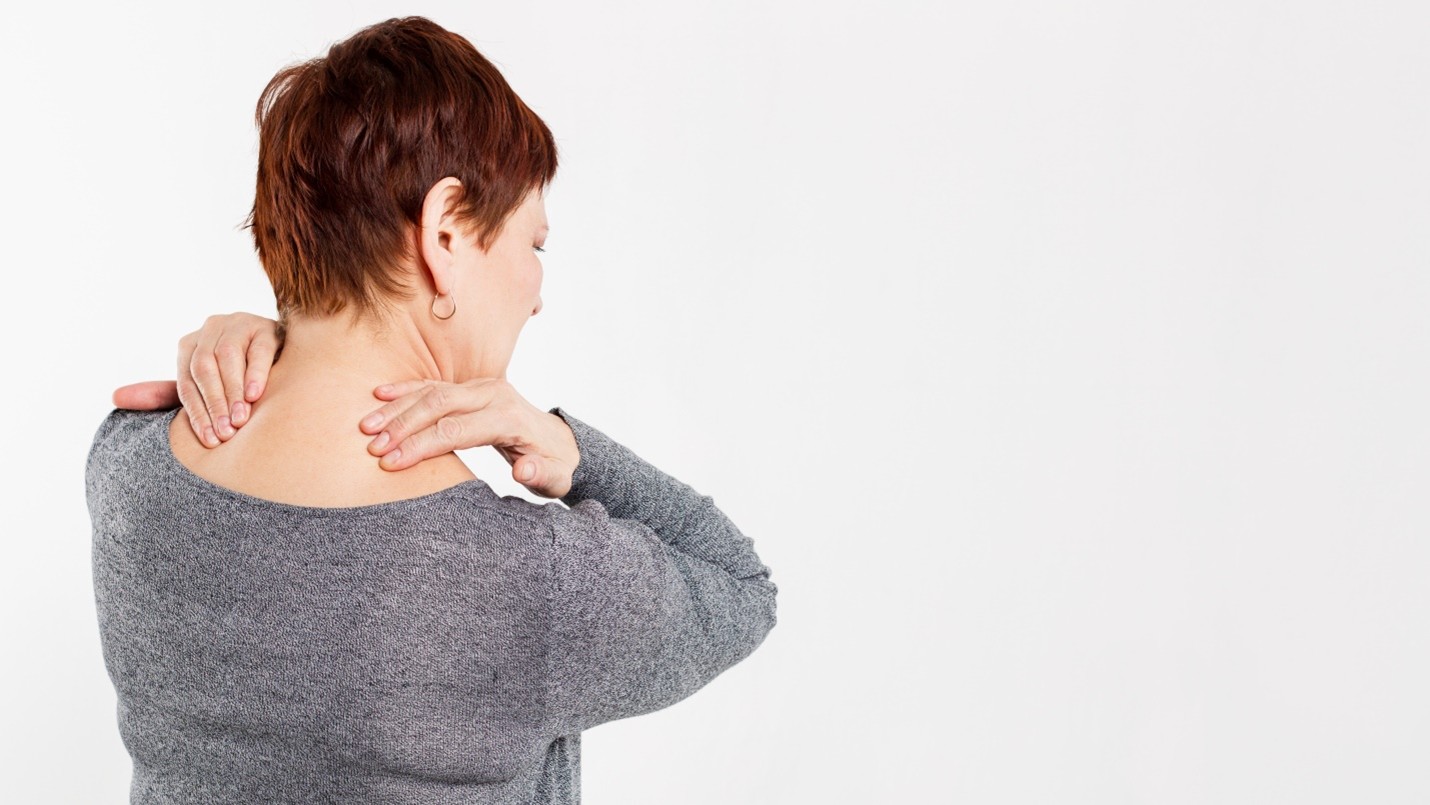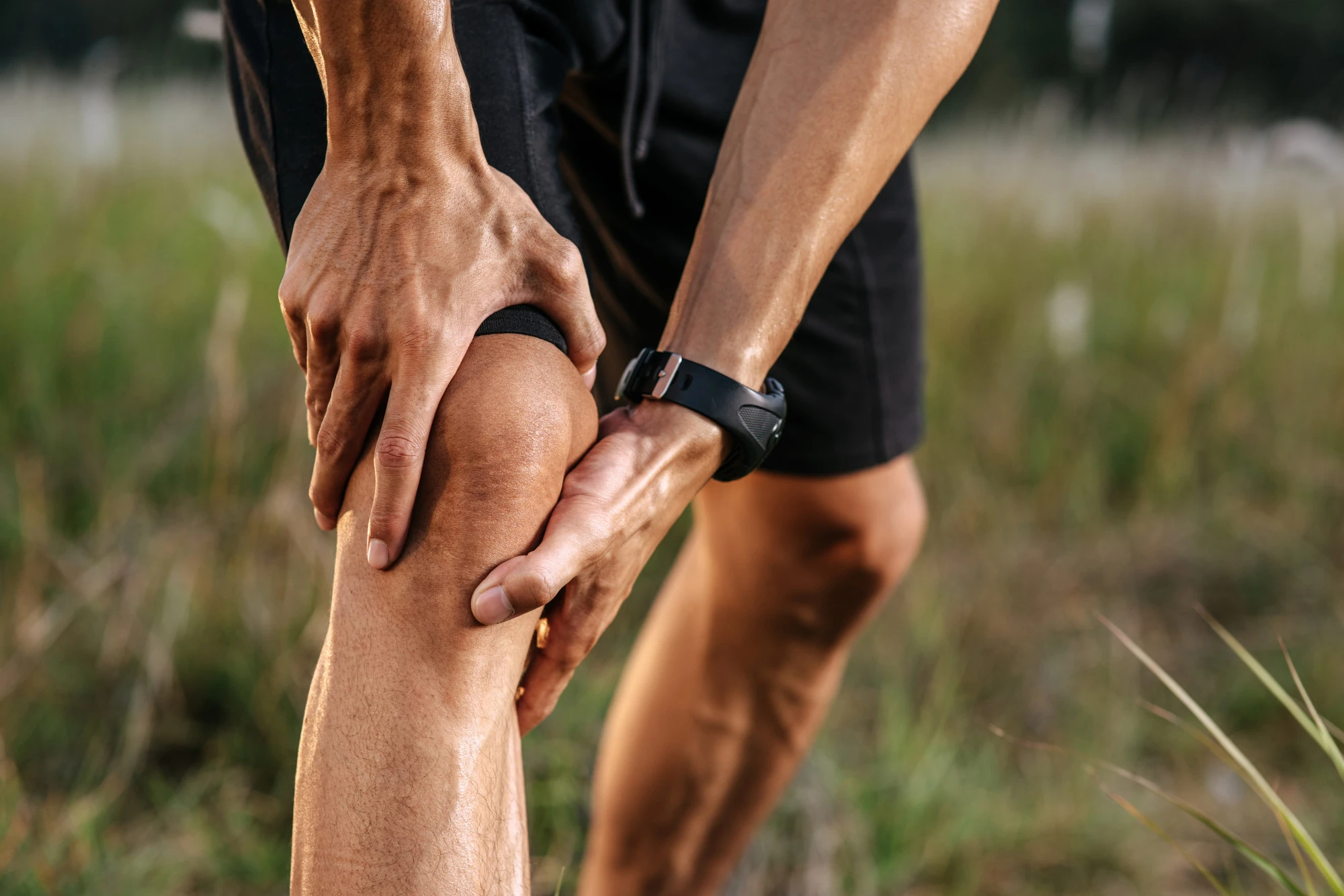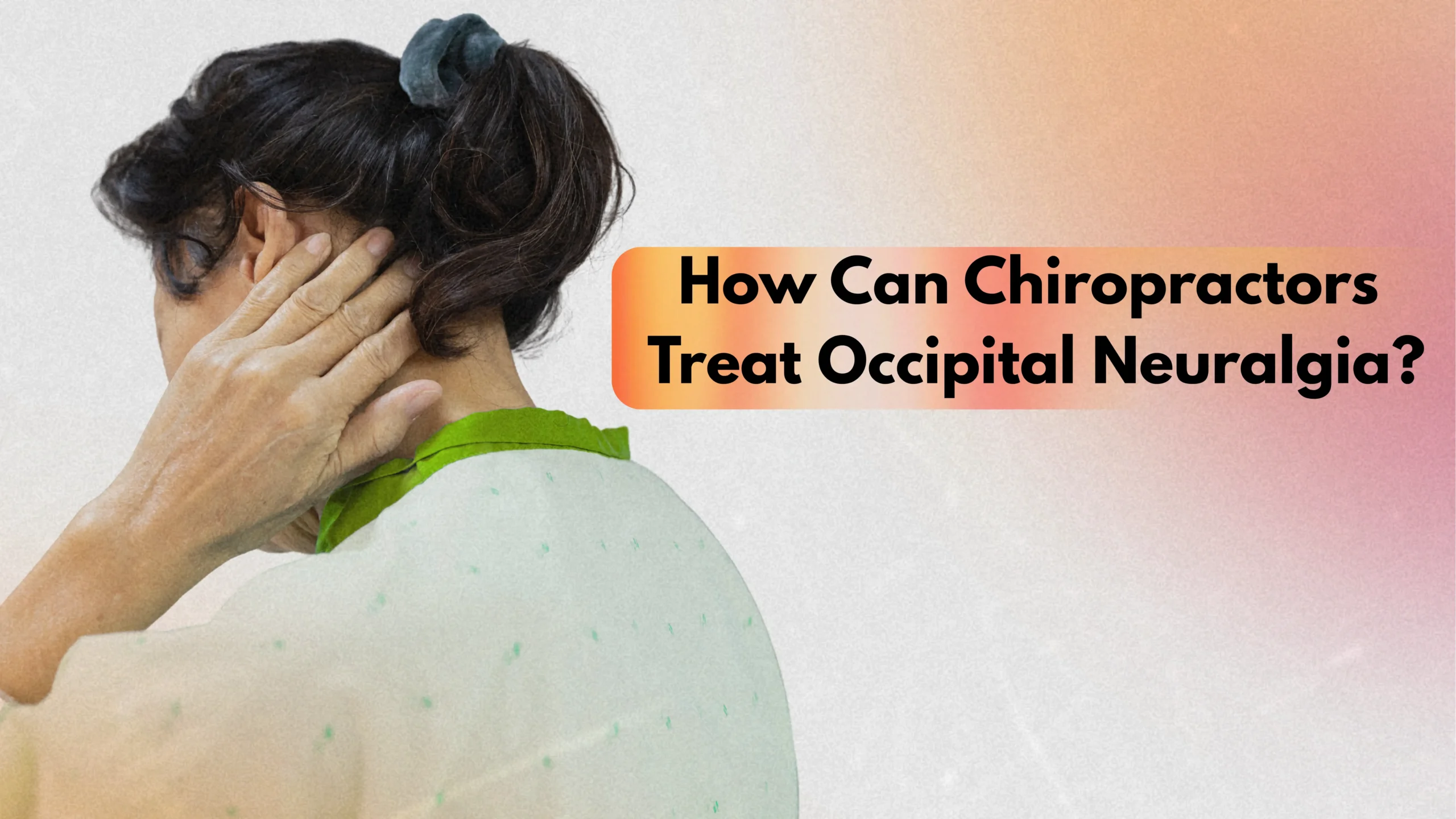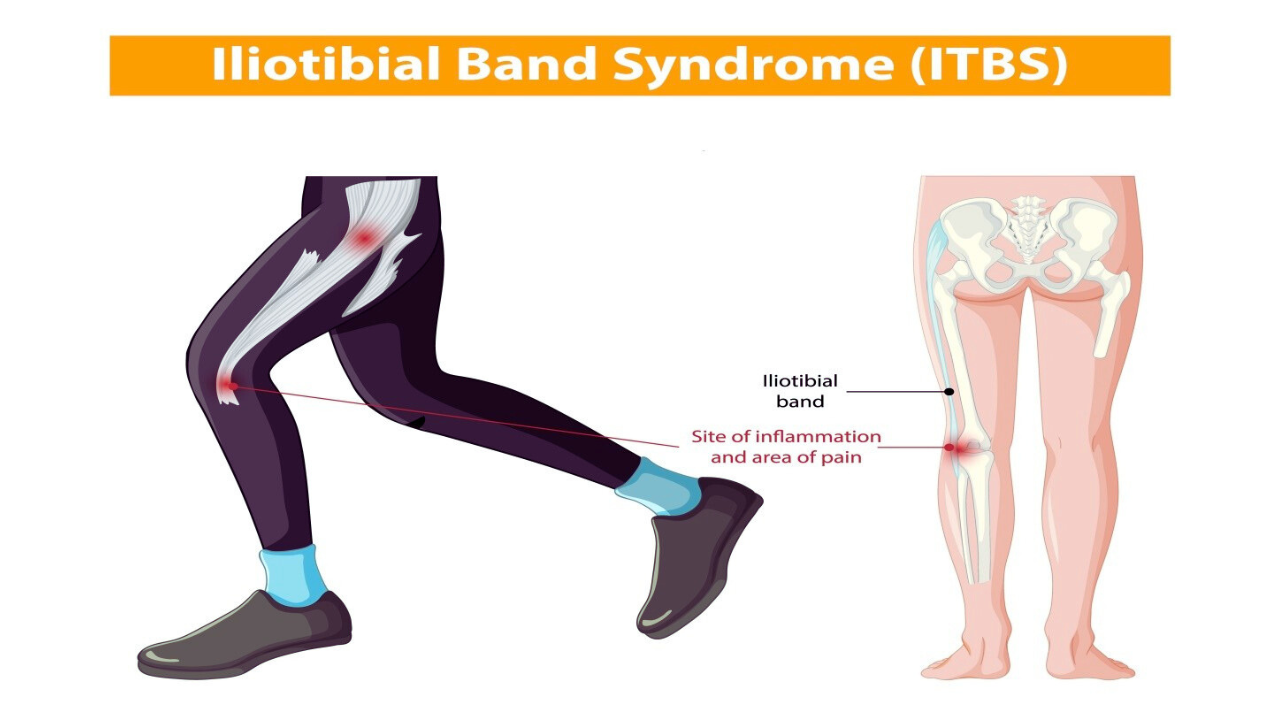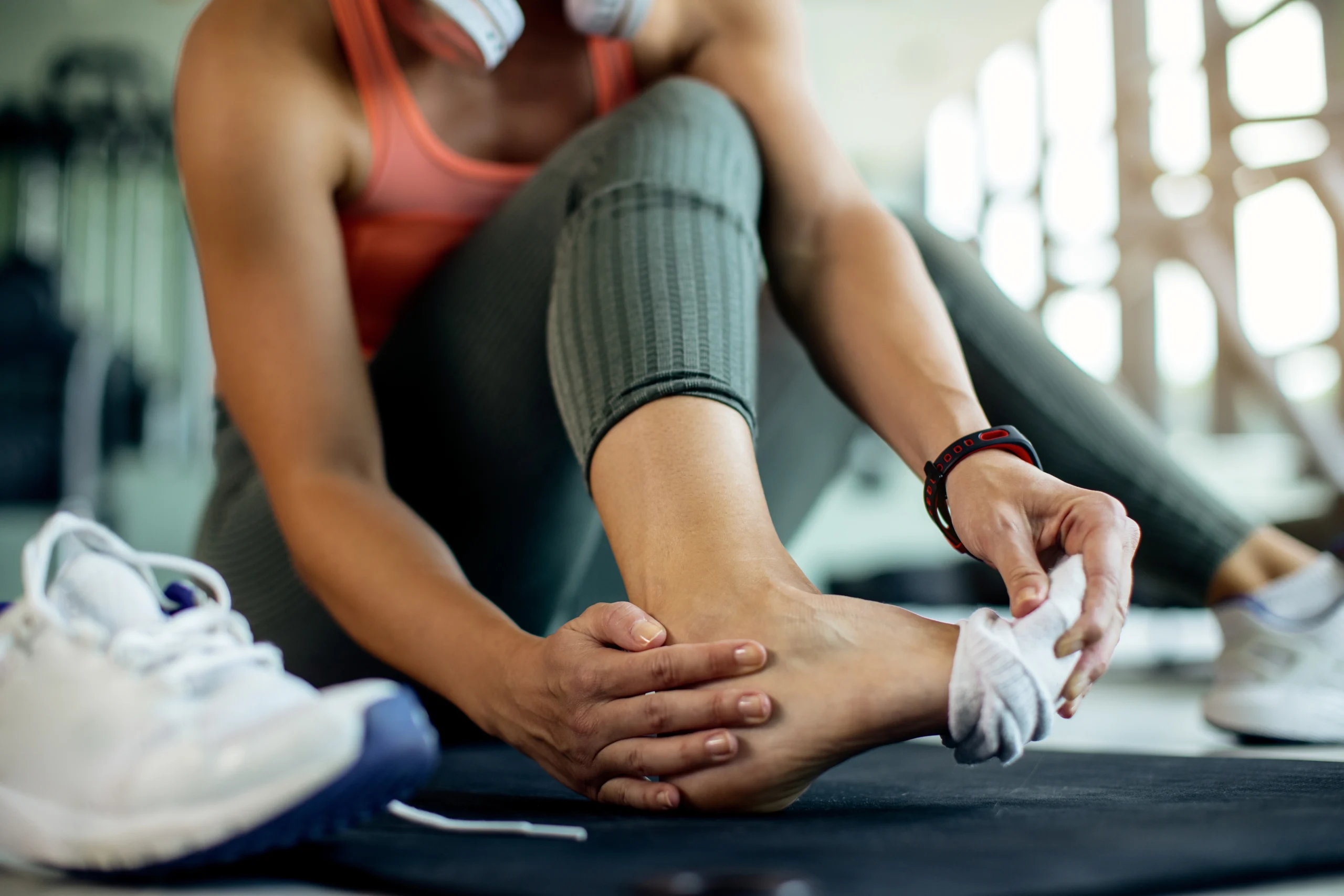Runner’s Knee is one of the most common causes of knee pain among athletes, especially runners, but it is not limited to them. However, there’s still a lot of misinformation revolving around what causes it, how to treat it, and whether you should keep running if you experience symptoms.
In this blog, we’ll discuss what Runner’s Knee is, explore the signs and causes, and then clear up five common myths that might be preventing you from healing properly.
What is Runner’s Knee?
Runner’s Knee, which medically is known as patellofemoral pain syndrome (PFPS), refers to pain around or behind the kneecap. It generally happens when the patella (kneecap) doesn’t move properly over the femur (thigh bone), especially during activities that put pressure on the knee joint, like running, climbing stairs, or squatting.
Here are the most common symptoms:
- Dull and aching pain at the front of the knee
- Pain that worsens when sitting for long periods
- Popping or grinding sensations in the knee
- Occasional swelling or stiffness
Here are the primary causes:
- Overuse from repetitive stress
- Poor alignment of the kneecap
- Muscle imbalances or weakness, especially in the hips or thighs
- Inappropriate footwear or poor running form
- Sudden increases in workout intensity or frequency
5 Misconceptions about Runner’s Knee
When it comes to knee pain, getting the right diagnosis is crucial. If you are experiencing ongoing discomfort, it’s always best to consult a professional. Many people are turning to holistic care by visiting a chiropractor for a non-invasive approach to knee, back, and joint pain. Now, let’s explore the most common myths:
Myth 1: Runner’s Knee Only Affects Runners
Fact: Despite the name, Runner’s Knee isn’t limited to runners. It can affect anyone whose daily activities involve repeated bending of the knee, like cyclists, hikers, or even people who sit for extended periods. It’s more about knee mechanics than the sport itself.
Myth 2: Resting is the Only Way to Heal
Fact: Short-term rest may relieve symptoms, but doing nothing for too long can weaken the muscles that support your knee. A better strategy is active recovery, engaging in low-impact exercises that build strength and correct imbalances, under the guidance of a chiropractor.
Myth 3: You Must Stop Running Completely
Fact: Stopping all physical activity can actually reduce the chance of your recovery. Instead, focus on changing your routine, shorter runs, softer surfaces, cross-training, and supportive footwear.
Myth 4: Knee Pain Always Means You Need Surgery
Fact: Most cases of Runner’s Knee can and should be treated non surgically. Some approaches, such as strengthening exercises, stretching, foam rolling, and manual therapy, are typically effective. Surgery is considered only in rare cases when all other options have failed.
Similarly, people often turn to invasive options for issues like back and sciatic pain, but the treatment for herniated disc and other spinal conditions, in a majority of cases should start with non-invasive methods, like chiropractic care.
Myth 5: All Knee Pain is the Same
Fact: Knee pain is a symptom, not a diagnosis. Conditions like ligament sprains, meniscus tears, bursitis, or arthritis can all cause pain, and they each require different treatments. Runner’s Knee has its own unique causes and should be treated accordingly.
That’s why self-diagnosing can be risky. A proper assessment ensures you are not missing a more serious condition, and it also ensured you receive the most appropriate and effective treatment.
Conclusion
Don’t rely on myths that might delay your recovery. Focus on understanding your body, seeking professional guidance, and building strength and mobility around the knee. Whether you are considering lifestyle changes or visiting a chiropractor in HK at Agape Chiropractic Hong Kong, taking an informed, proactive approach is crucial. With the right knowledge and support, you can get rid of the runner’s knee condition.
Other Useful Links:
